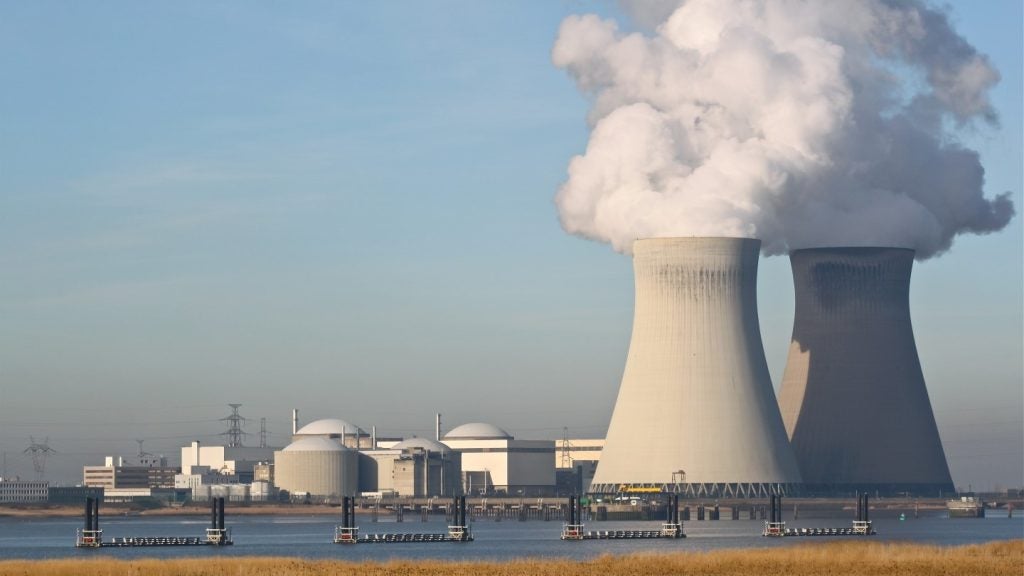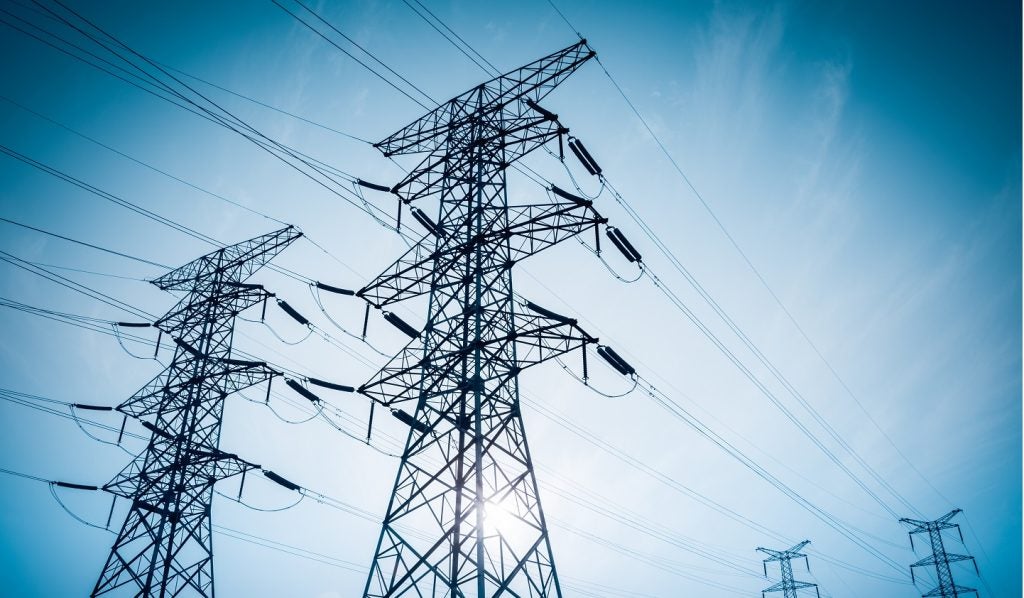
No one expects the transition from fossil fuels to alternative energy sources to be fast or easy, but emerging green power solutions suggest that being environmentally friendly can be less expensive than once thought and may even result in efficiency improvements for power suppliers.
Technology to convert biomass – usually organic materials such as wood chips – into energy has come on in leaps and bounds over the last few years, driven by the stricter regulation of carbon emissions. According to Martin Pogoreutz from the Austrian Energy and Environment (AE&E) group, the proportion of energy generated via biomass is increasing exponentially throughout Europe with reports of much higher conversion rates. Biomass also offers the potential of zero carbon emissions.
A €1bn global supplier for power generation and environmental technology, AE&E is one of Europe’s leading researchers in environmentally friendly power solutions and has helped a number of plants to become completely CO2 free.
“We have already implemented a lot of CO2-free power plants because they are fired by biomass,” Pogoreutz says. “This is something that could be immediately installed to reduce CO2 emissions.”
Money that grows on trees
See Also:
Biomass is carbon based and is composed of a mixture of organic molecules containing hydrogen, usually including atoms of oxygen and nitrogen, and also small quantities of other atoms, such as alkali, alkaline earth and heavy metals. These metals are often found in functional molecules such as the porphyrins; they include chlorophyll, which contains magnesium.
How well do you really know your competitors?
Access the most comprehensive Company Profiles on the market, powered by GlobalData. Save hours of research. Gain competitive edge.

Thank you!
Your download email will arrive shortly
Not ready to buy yet? Download a free sample
We are confident about the unique quality of our Company Profiles. However, we want you to make the most beneficial decision for your business, so we offer a free sample that you can download by submitting the below form
By GlobalDataProperly managed, the creation of biomass materials would in itself lead to a degree of carbon sequestration, resulting in a net gain in the case of CO2-free biomass power plants. Pogoreutz says that most of the world’s power stations convert on average only 22% of the fuel they use into energy. This contrasts with today’s newest state-of-the-art power plants that convert at up to 50%. Demand for these newer plants, many of which have been designed for either co-firing or 100%
biomass, is expected to rise sharply.
If anything, the financial crisis should increase interest in more efficient power technology. It is expected that many countries will seek to have an increased proportion of their energy generated by wind over the coming years, as technologies improve and prices fall. Denmark, for instance, has set a positive example by generating almost 20% of all its electricity via offshore wind farms.
There have also been big improvements in solar technology over the last few years, especially in China where solar cells are now produced much more cheaply than in the past. While its effectiveness is limited in Europe, the market for solar power is expected to grow in countries like Africa, India, the US and Australia.
Then there are the projects that have had less exposure. AE&E, for example, is involved in a number of early-stage projects that may have big implications for the future. One project is looking into oxyfuel, which involves extracting power from pure oxygen. This is said to largely eliminate flue gas because the emissions are able to be stored and compressed immediately after combustion.
There are a number of trials in progress throughout the world to test the viability of converting various types of industry refuse into power. However, these projects are yet to achieve practical results. According to Dutch utility Essent representative Albert Leom, it is often a question of cost that is holding back this potential solution.
“This kind of technology plant costs more and takes longer to build and you would have to bring enormous quantities of waste to one place,” Loem says.
At the moment, the volumes of material needed on site for such projects to achieve economies of scale would be vehemently opposed by most communities. However, refuse-based energy is expected to be a significant area in years to come.
Community opposition to nuclear, on the other hand, has dropped dramatically over the last few years. Loem says he predicts a “renaissance” for the controversial energy form. “I think there is a bright future for nuclear,” he adds.
Demanding that you save
The EU has made big commitments to reducing greenhouse gas emissions. By 2020, the European Emissions Trading System aims to regulate for a 20% reduction in CO2 emissions, amounting to around 1,720 million tonnes of carbon. In the event of a genuine international agreement it would increase its target to 30% and by 2070 it wants carbon offsetting of 100%. Accompanying the new EU regulations would be hefty fines for companies that exceed their quotas.
The European Power Plant Suppliers Association’s secretary general Patrick Clerens says he predicts that the global market for carbon capture and storage will also grow in the coming years as a result of the introduction of carbon credits. He urges power equipment suppliers to position themselves for the spoils. “There will be a huge market for CCS; also for retrofit,” he explains.
Falling energy prices resulting from the financial crisis have pushed down the price of carbon. In Europe it was just under €11 per tonne at the beginning of March 2009, which was a marked improvement on the record lows set in February. However, Clerens feels that the price is too low and must rise soon.
“It’s hard to predict how value will change with the financial crisis, but I think really the environment needs a carbon price of more than €20,” he says. In fact, he predicts that the price could be up by around €50 or €60 in a few years’ time, which would deliver lucrative opportunities for companies selling CCS products and services.
Something else that is difficult to predict at the moment is the US response. Concerns have been raised that without its full cooperation on emissions targets, the global market for green power solutions will never be allowed to reach its potential. Yet optimists feel that as more power suppliers realise the link between environmentally friendly solutions and improved efficiency, the White House’s position will be less important to the market over time. Likewise it is hoped that developing countries hit hard by the financial crisis will continue to explore fossil fuel alternatives and propel green power into the fore when it comes to power generation.






